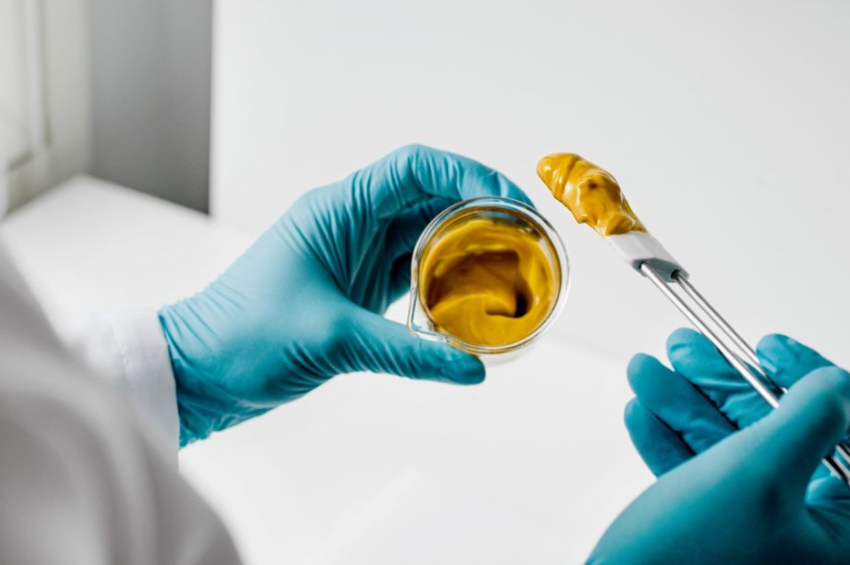NASA radar spots caves and tunnels on Moon
Scientists have suspected that there are conduits beneath the lunar surface for over half a century but recently they received proof of their existence.
The repeated analysis of data obtained by the NASA Lunar Reconnaissance Orbiter (LRO) radar in 2010 reveals the existence of caves and tunnels below the Mare Tranquillitatis pit. The researchers believe they are leftovers of lava tubes.
This breakthrough study, published in the journal Nature Astronomy, is the result of an international collaboration led by American and Italian researchers.
More to read:
New study confirms that our Moon is shrinking and crumbling
"These caves have been theorized for over 50 years, but it is the first time ever that we have demonstrated their existence. Years later, we re-analyzed these data using complex signal processing techniques we have recently developed," Lorenzo Bruzzone, professor at the University of Trento and an author of the study, was quoted as saying in a statement.
"We discovered radar reflections from the area of the pit best explained by an underground cave conduit. This discovery provides the first direct evidence of an accessible lava tube beneath the lunar surface," he specified.
This discovery has implications for future lunar missions, where the environment is hostile to human life. Surface temperatures can reach 127°C on the illuminated side of the moon and drop to -173°C on the dark side. The lunar surface is also exposed to cosmic and solar radiation up to 150 times more intense than on Earth, along with a constant threat of meteorite impacts.
More to read:
Just how much water does the Moon hide? Hundreds of billions of tons
These conditions require finding safe sites for constructing infrastructure to support sustained exploration. The existence of lunar caverns offers a potential solution to these challenges.
The United States and China expressed intention in the past to establish bases on the Moon and the recent discovery is pretty good news for them.
The study also involved researchers from the Johns Hopkins Applied Physics Laboratory, the University of Padua, and La Venta Geographic Explorations APS, who contributed to the geological analyses and modeling of the identified conduit.
***
NewsCafe is an independent outlet that cares about big issues. Our sources of income amount to ads and donations from readers. You can support us via PayPal: office[at]rudeana.com or paypal.me/newscafeeu. We promise to reward this gesture with more captivating and important topics.




![[video] Guess who’s hiding more than 8 kilometers below the ocean’s surface?](/news_img/2025/11/13/news0_mediu.jpg)
![[video] Putin rules from shadows: Investigation finds Russian leader rarely works in Moscow](/news_img/2025/11/11/news1_mediu.jpg)

